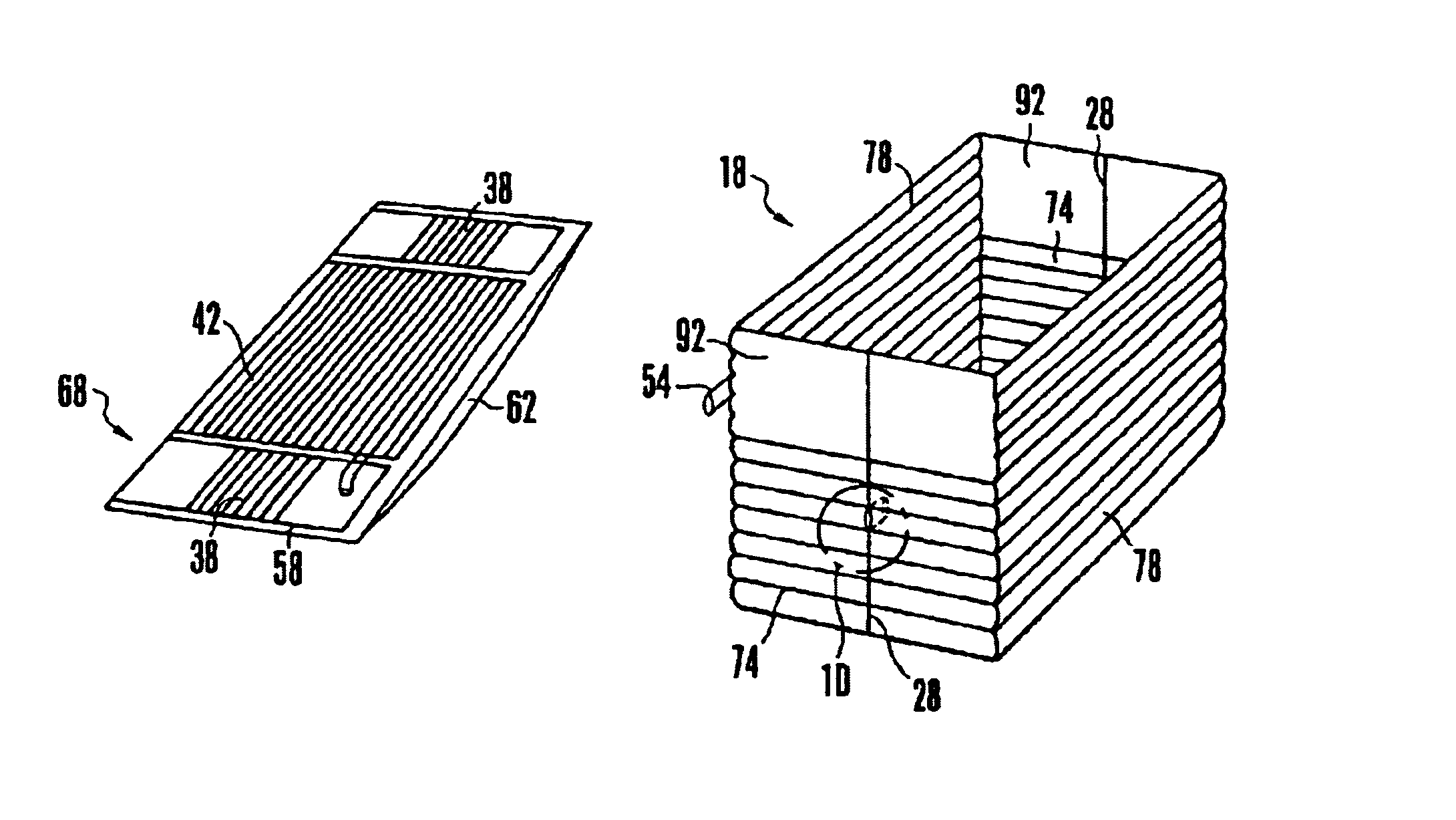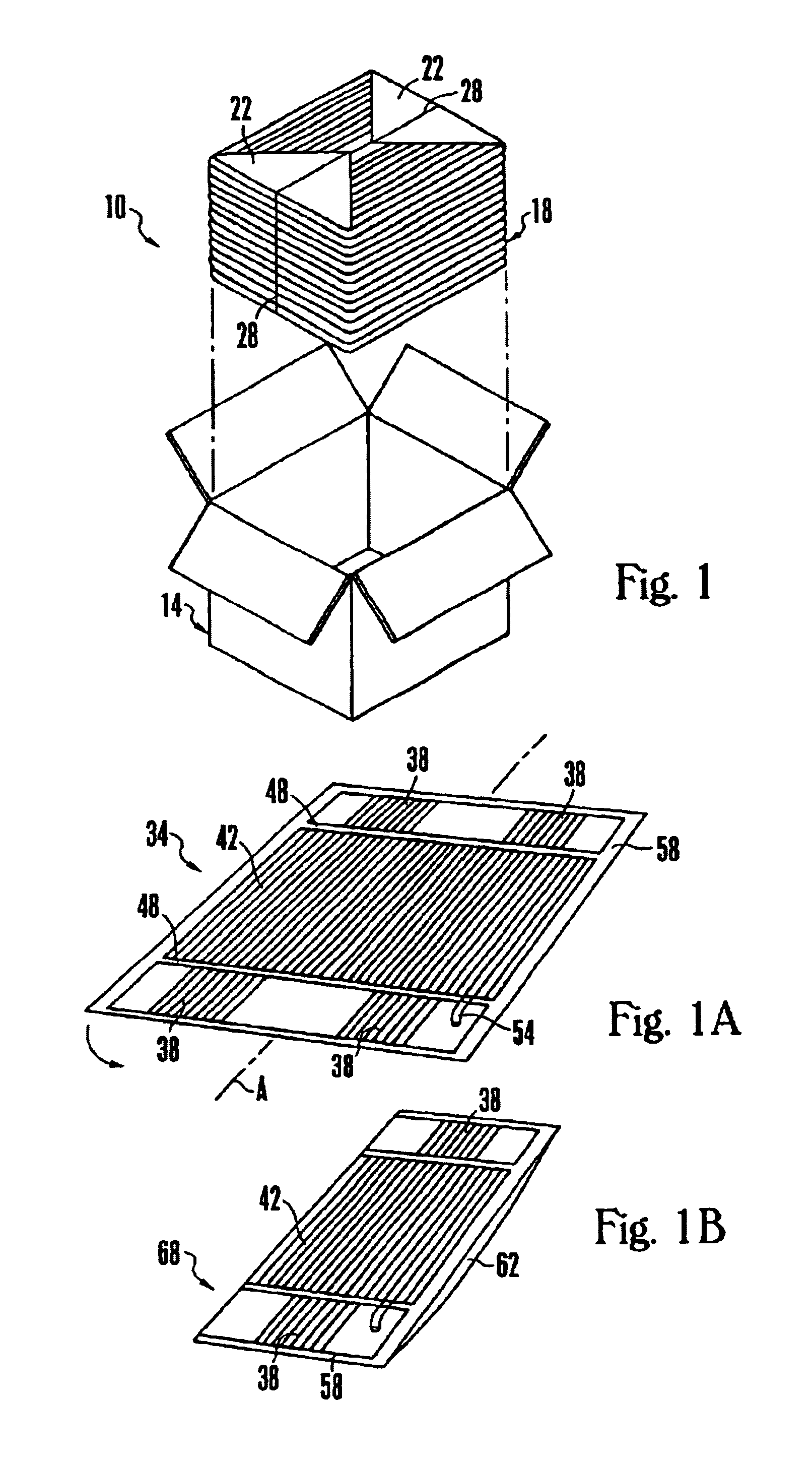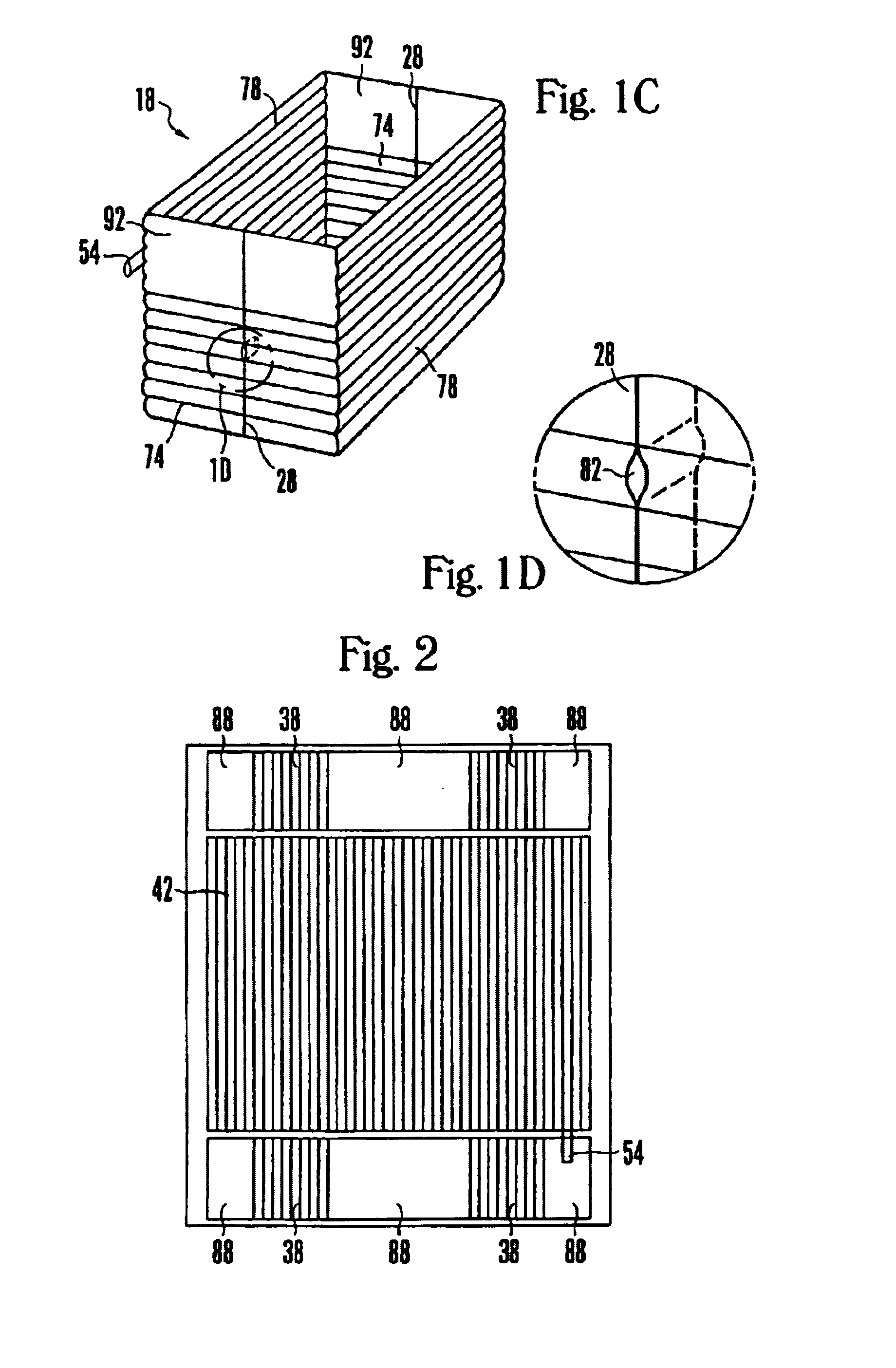Inflatable insulating liners for shipping containers and method of manufacture
a technology for shipping containers and insulating liners, which is applied in the field of thermo-insulated shipping container liners, can solve the problems of damage to the airplane structure, time-consuming and labor-intensive cleanup, etc., and achieves the effects of enhancing thermal insulation characteristics, reducing costs, and reducing labor intensity
- Summary
- Abstract
- Description
- Claims
- Application Information
AI Technical Summary
Benefits of technology
Problems solved by technology
Method used
Image
Examples
examples
Save-On Seafood Location: St. Petersburg, Fla. Product Shipped: Fresh Salmon, Tuna, and Swordfish FilletsFoam Type: 1.5"Foam InsertsShipping Mode: UPS Next Day AirRefrigerant: One 2 lb Gel Pack, sprinkling of dry iceConsignee(s): Various Outback SteakhousesAs shown in FIG. 8 all shipments arrived at their destinations in good condition both foam and AirLiner.RTM.. All AirLiner.RTM. liners were fully inflated. It should be noted that all valves were heat-sealed shut after inflation. Going into the test we had highlighted this as a potential concern so we eliminated the possibility of valve failures by heat-sealing them closed. This insured we were testing the performance of the AirLiner.RTM..
One interesting point that was noted is that although the AirLiner.RTM. and foam were packed the identical way, the AirLiner.RTM. went to a lower start temperature than the foam, 37.degree. F. vs. 41.degree. F. The AirLiner.RTM. and foam tracked each other with the AirLiner.RTM. on average being ...
PUM
 Login to View More
Login to View More Abstract
Description
Claims
Application Information
 Login to View More
Login to View More - R&D
- Intellectual Property
- Life Sciences
- Materials
- Tech Scout
- Unparalleled Data Quality
- Higher Quality Content
- 60% Fewer Hallucinations
Browse by: Latest US Patents, China's latest patents, Technical Efficacy Thesaurus, Application Domain, Technology Topic, Popular Technical Reports.
© 2025 PatSnap. All rights reserved.Legal|Privacy policy|Modern Slavery Act Transparency Statement|Sitemap|About US| Contact US: help@patsnap.com



